Prøve GULL - Gratis
Plant Your Own Bog Garden
The Gardener
|March 2020
If out of the ordinary is what you’re looking for, look no further than bog gardens and the endless list of quirky, offbeat plants.

The key characteristic of these gardens is overly moist, waterlogged soil that creates the perfect conditions for a specific subset of plants – looking mostly unfamiliar and sometimes quite peculiar – that are not commonly found in standard backyards. Bog gardens are usually found in low-lying areas near lakes and rivers, but one-of-a-kind bog garden plants can be easily grown in almost any climate and any garden by following a few simple steps, giving you an even greater selection of plants to choose from.

LAYING THE GROUNDWORK
Bog gardens are best planted during the warmer summer months to give the plants enough time to settle in before winter. That pesky area of your garden that has terrible drainage and is constantly waterlogged is the perfect place to transform into a bog garden, but if you have managed to avoid that problem you can still create your own bog garden:

Mark an outline where you want your bog garden to be, ensuring it is in a sunny area (at least 5 hours a day) and away from shady trees.
Dig a hole 30 – 60cm deep and line it with a pond liner. Poke holes around the perimeter of the bog, 15 – 20cm from the top. This will allow the top layer to dry out more and allow the bottom part of the bog to act as a reservoir. Although bog plants love water they can’t be left standing in water, like all plants, so these drainage holes are vital.

Denne historien er fra March 2020-utgaven av The Gardener.
Abonner på Magzter GOLD for å få tilgang til tusenvis av kuraterte premiumhistorier og over 9000 magasiner og aviser.
Allerede abonnent? Logg på
FLERE HISTORIER FRA The Gardener

The Gardener
Preserving apples
The end of the apple season means that apples need to be preserved for the next six months until the next harvest is ready.
3 mins
July/August 2025
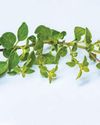
The Gardener
Golden Oregano
Origanum vulgare ‘Aureum’, as its name suggests, is golden yellow in full sun and cool weather. These bright herbs are highly fragrant, with a classic oregano taste and aroma, and are often used in the kitchen for pasta and pizza. In summer, the yellow leaves will be covered with small pink and purple flowers.
1 min
July/August 2025
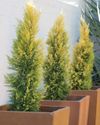
The Gardener
Potting up a conifer
Conifers generally are well-behaved plants with interesting, evergreen foliage and mostly formal and neat growth habits. This makes them stately candidates for roomy containers.
1 mins
July/August 2025
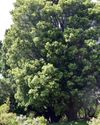
The Gardener
Enduring and venerable trees
There cannot ever be a good reason not to plant a tree, and somewhere there is just the right tree for you...
3 mins
July/August 2025
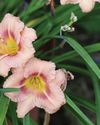
The Gardener
Daylilies make a comeback
Daylilies are making a comeback in 2025 with even more shapes, twists, ruffles, pleats, picotees, curves, and stunning colours and colour combinations. There are singles and doubles, big and small flowers, each unique, and yes, they only last a day! They do, however, have another flower bud just behind that one, ready to show off the next day.
1 min
July/August 2025
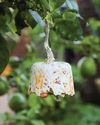
The Gardener
How to make a fat ball
Some birds love a fat ball in winter to boost their energy levels. These are easy to make and a fun project to do with the kids.
1 min
July/August 2025
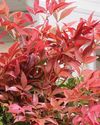
The Gardener
The Princess and Obsession
It only takes two wonderful modern hybrids of old garden favourites to prepare a garden and containers for an unforgettable spring performance.
1 mins
July/August 2025
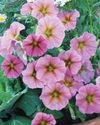
The Gardener
Pink and pretty
Pink colour shifters with hot appeal...
2 mins
July/August 2025

The Gardener
GROW the WALL
If you want lots of flowers in plantable concrete retaining wall blocks or lush stems and foliage cascading over dry stone walls, we have good plant suggestions for you!
5 mins
July/August 2025

The Gardener
Winter indoor plant care
Winter can be a tough time for your houseplants; a drop in natural light, drier air, and cold drafts can all influence their lush appeal. As plant lovers, spending more time indoors in winter creates opportunities to keep a close eye on your leafy companions and make some changes to avoid these common winter blues.
1 min
July/August 2025
Translate
Change font size
